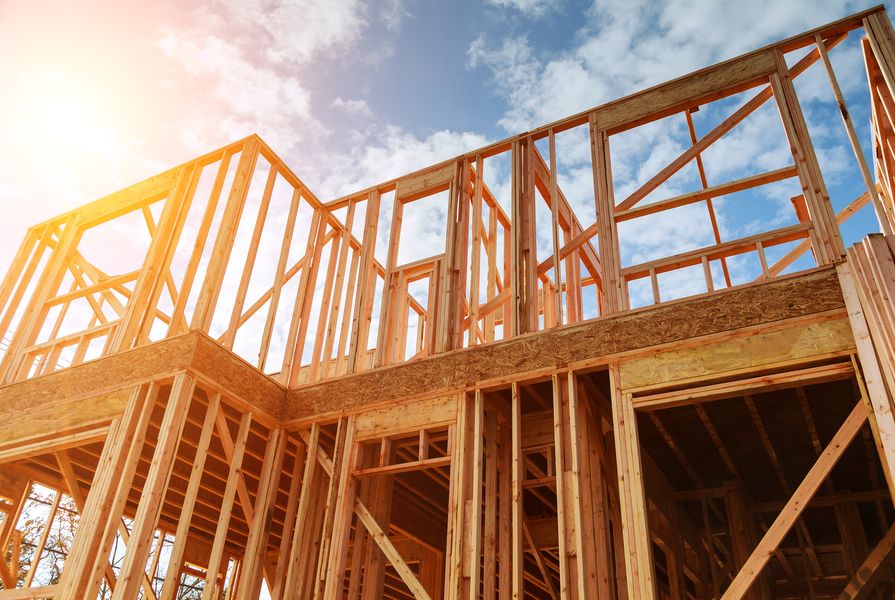The Australian Institute of Architects has come out in support of the Victorian Housing Statement and its’ focus on supply through planning reform and design principles.
As part of their commitment to build 800,000 homes over the next decade, the Victorian government has pledged to speed up development approval times, rezone unused land and rebuild outdated public housing towers.
The Victorian chapter of the Institute welcomed the proposed rezoning of 45 sites and the streamlining of planning, aimed at boosting supply.
Chapter president David Wagner said the Institute will closely inspect the policy in the upcoming weeks, as well as engage and collaborate with the government to assist with the advancement of reforms.
“It is pleasing that the state government has taken a long-term view in its housing statement to address the issues rather than a series of short-term fixes,” Wagner said.
Victoria’s population is forecasted to reach 10.3 million by 2051. Wagner said it is imperative that the quality of housing is appropriate, meets living standards and have been planned with longevity in mind because every new home is an investment in the community.
“It is fundamentally important that future housing is well designed to provide an enduring residential legacy that is environmentally sustainable and resilient,” he said.
“We are encouraged by the state government’s willingness to work with industry bodies such as the Australian Institute of Architects to help with the design and roll out of such a vast investment in housing and we stand ready to assist in any way we can.”
The Institute said its members can assist the government by providing solutions for the adaptive reuse of underutilized buildings, offering insight on fast-tracking planning reforms without sacrificing quality, livability and climate adaptaptibility, presenting information on Design Review Panels, as well as by making recommendations for the formulation of minimum requirements for social and affordable housing units.
Institute members have been vocal about their support for the adaptive reuse of buildings, on sustainability grounds.
“From addressing land availability, embedded carbon and efficiency in creating new housing, adaptive reuse has to be part of the conversation,” Wagner said.
“The design requirements for office towers and apartments do differ, particularly in relation to airflow, natural light and plumbing, so it requires special design skills, skills that are unique to our members. We are keen to work with the government on a taskforce to examine broader engagement with adaptive reuse.”
















